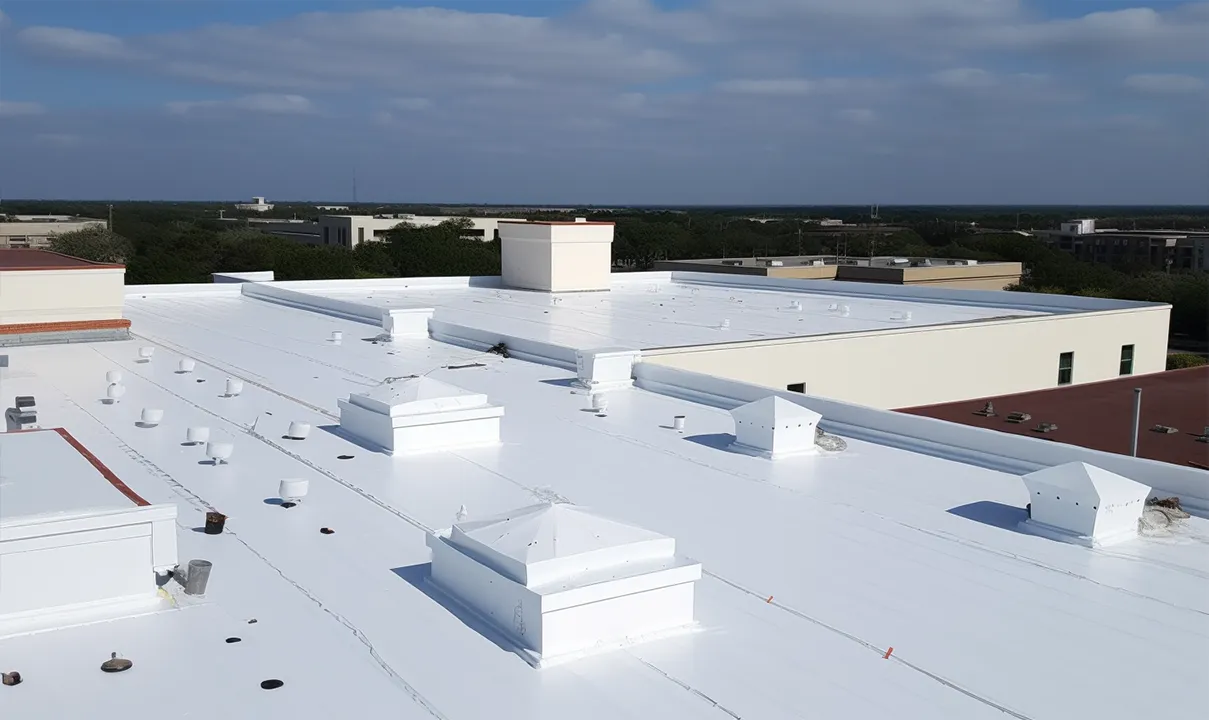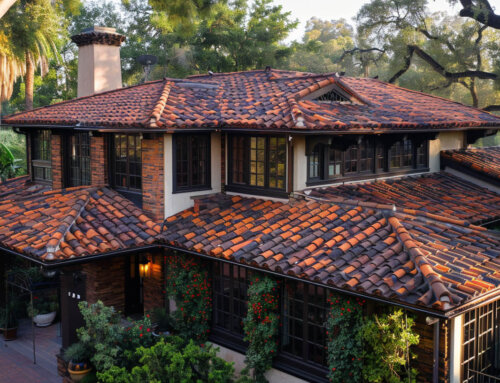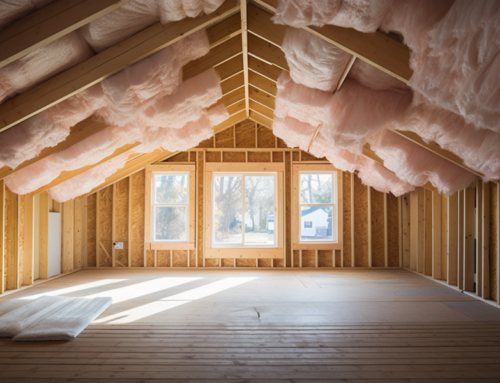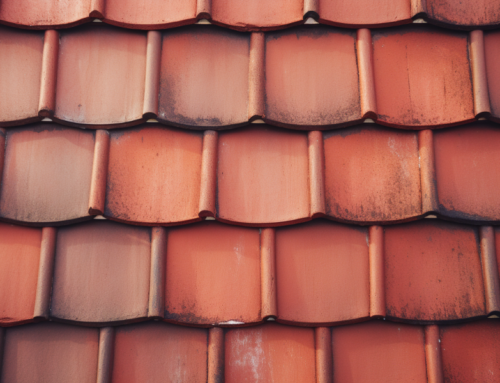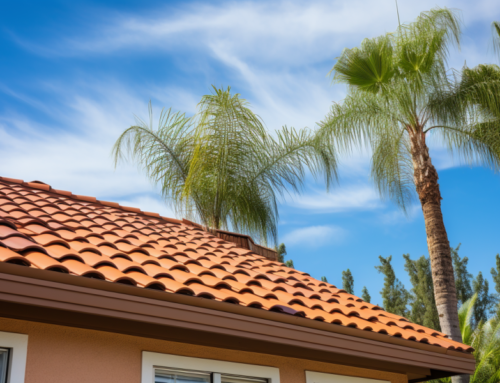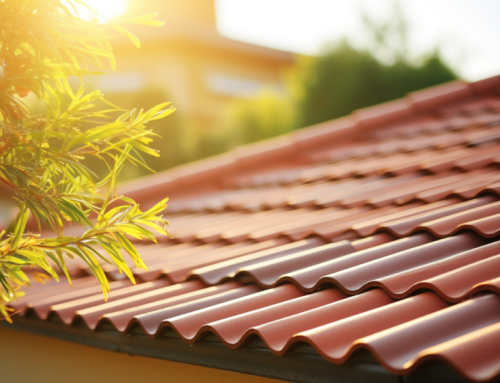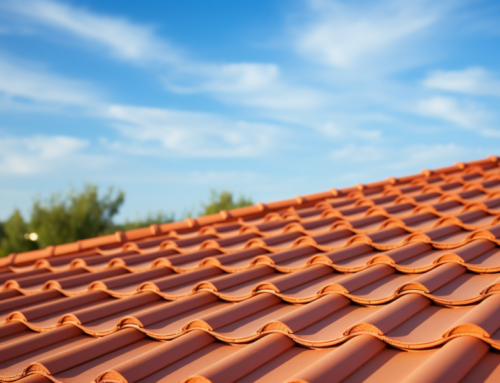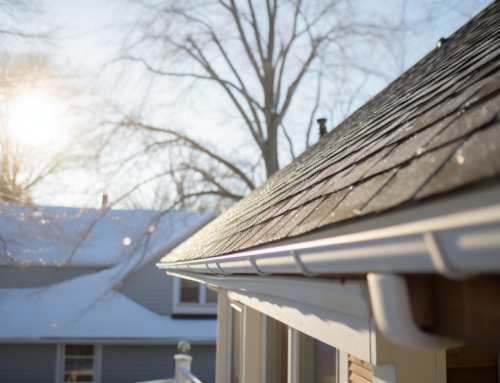When choosing the right roofing material for commercial buildings, durability is key. One popular option for flat roofs is TPO roofing. In this blog post, we will explore the average lifespan of TPO roofs and the factors that can affect their durability.
What is TPO Roofing?
TPO roofing, which stands for thermoplastic polyolefin, is a popular roofing material used for commercial buildings with flat roofs. It is a single-ply roofing membrane composed of rubber, plastic, and reinforcing fillers. TPO commercial roofs are known for their exceptional durability, energy efficiency, and UV stability. This makes them an excellent choice for commercial roofing applications.
The TPO membrane is typically manufactured in large sheets that are heat-welded together to create a seamless and watertight barrier for the roof. This seamless installation minimizes the risk of leaks and enhances the roof’s overall performance.
TPO roofing is available in different thicknesses, allowing for customization based on the specific requirements of the building. Install it on your commercial roof, and it will not disappoint.
One of the critical advantages of TPO roofing is its cost-effectiveness. Compared to other roofing materials like PVC roof (polyvinyl chloride) or EPDM (ethylene propylene diene monomer), TPO roofing offers similar performance at a more affordable price point. It is also relatively lightweight, reducing the building’s structure’s stress and simplifying the installation process.
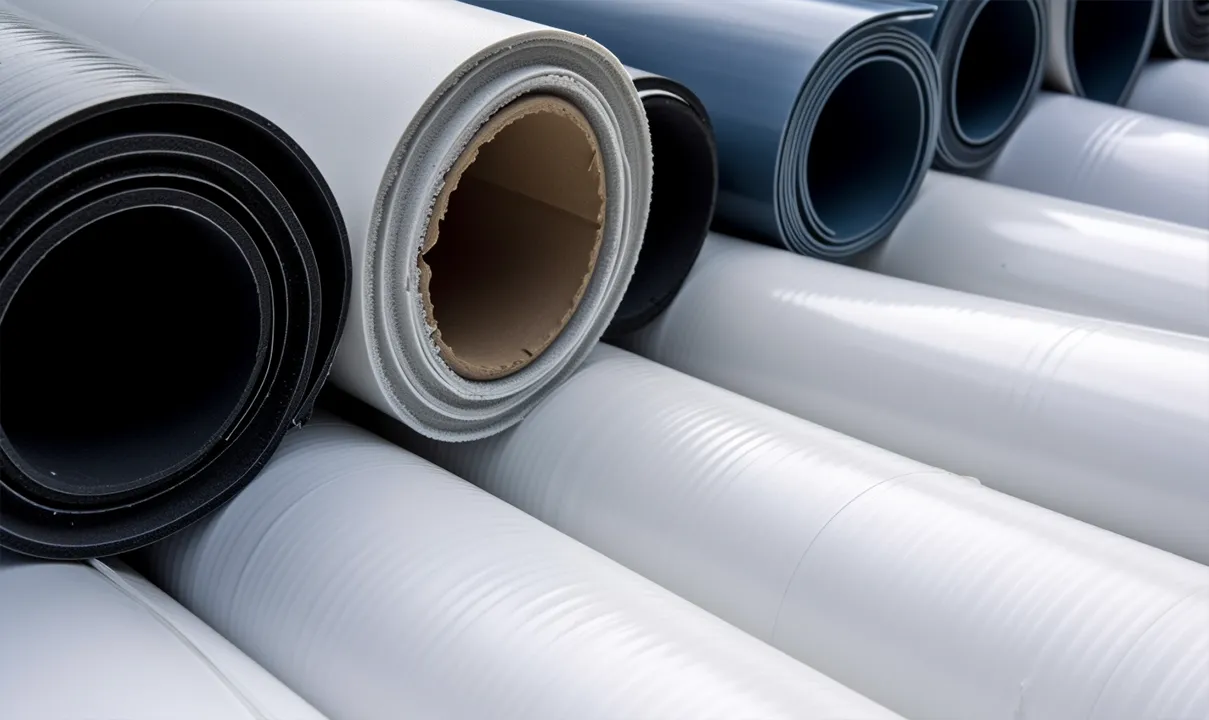
How Long Does TPO Roof Last?
The average lifespan of a TPO roof can vary depending on several factors. A well-installed and properly maintained TPO roof on a commercial building can last between 20 to 30 years. However, it’s important to note that this is just an estimate, and various factors can influence the actual lifespan of a TPO roof.
Factors Affecting TPO Roof Durability
Like any flat roof membrane material, there are factors that determine how long your roof will last.
Quality Installation
Proper installation is a critical factor in determining the durability and lifespan of TPO roofs. A high-quality installation ensures that the TPO membrane is correctly secured and bonded to the underlying structure.
It involves precise techniques such as seam welding, flashing installation, and proper detailing around roof penetrations. When experienced and skilled commercial roofing experts installing TPO roofing reduces the risk of premature damage or failure.
Moreover, the quality installation also involves using the right adhesives, fasteners, and accessories specifically designed for TPO roofing systems. Using subpar or incompatible materials can compromise the roof’s integrity and lead to leaks or membrane separation.
Investing in a reputable roofing contractor who specializes in TPO installation and adheres to industry best practices. With that, you can ensure that your TPO roof is installed correctly from the start, maximizing its durability.
Routine Maintenance
Regular and proper maintenance plays a vital role in extending the lifespan of TPO roofs. It is recommended to schedule biannual inspections by professional roofers who are well-versed in TPO systems.
Just like you would with a metal roof, these inspections help identify potential issues early on, allowing for timely repairs and preventing further damage. During maintenance visits, the roofing experts will check for signs of membrane deterioration. You can also inspect seams and flashings for any signs of separation or damage, clear debris from drains and gutters, and assess the roof’s overall condition.
In addition to professional inspections, building owners or facility managers should implement a routine maintenance plan for the TPO roof. This includes periodic cleaning to remove dirt, leaves, and other debris that can accumulate on the surface.
Adequate drainage should be maintained to prevent water ponding, which can accelerate membrane deterioration. By adhering to a regular maintenance schedule and promptly addressing any issues, you can significantly prolong the life expectancy of your TPO roof.
Weather Conditions
TPO roofs are designed to withstand a wide range of weather conditions, including high temperatures, ultraviolet (UV) exposure, and extreme weather events. However, prolonged exposure to harsh weather can gradually degrade the roof membrane and affect its durability.
For instance, constant exposure to intense UV rays can cause the TPO material to become brittle over time, leading to cracking or splitting. Extreme temperature fluctuations can also impact the performance of TPO roofs.
In regions with significant temperature variations between seasons, the expansion and contraction of the roof membrane can create stress on the seams and joints. This can potentially compromise their integrity. Severe weather events such as storms, hail, or high winds can also cause damage to the TPO membrane, including punctures or tears.
It is crucial to conduct post-storm inspections and address any damage promptly. Additionally, regular inspections and maintenance can help identify potential issues related to weather exposure and allow for early intervention to prevent further deterioration.
Foot Traffic and Mechanical Damage
Commercial buildings often have foot traffic on the roof due to maintenance activities, HVAC system installations, or other equipment. Excessive foot traffic can lead to mechanical damage, such as punctures, tears, or abrasions on the TPO membrane. These damages can compromise the waterproofing capabilities of the roof and result in leaks or water infiltration.
To minimize the risk of foot traffic damage, it is important to establish proper safety protocols and restrict access to the roof whenever possible. Non-essential personnel should be prevented from accessing the roof, and designated walkways.
The pathways should be clearly marked to guide authorized individuals. Implementing preventive measures like protective mats or pads in high-traffic areas can also help minimize the potential impact of foot traffic on the TPO membrane.

Conclusion
In summary, the average life expectancy of a TPO roof is between 20 to 30 years. However, this can be influenced by various factors, including the quality of installation, routine maintenance, weather conditions, and foot traffic. Investing in a quality installation performed by commercial roofing experts is as crucial as establishing a routine maintenance plan.
San Diego County Roofing & Solar is your ultimate answer to TPO roofing. Their expertise could be all you need for maximum roof life expectancy. Get in touch today with the team for a quality installation.

